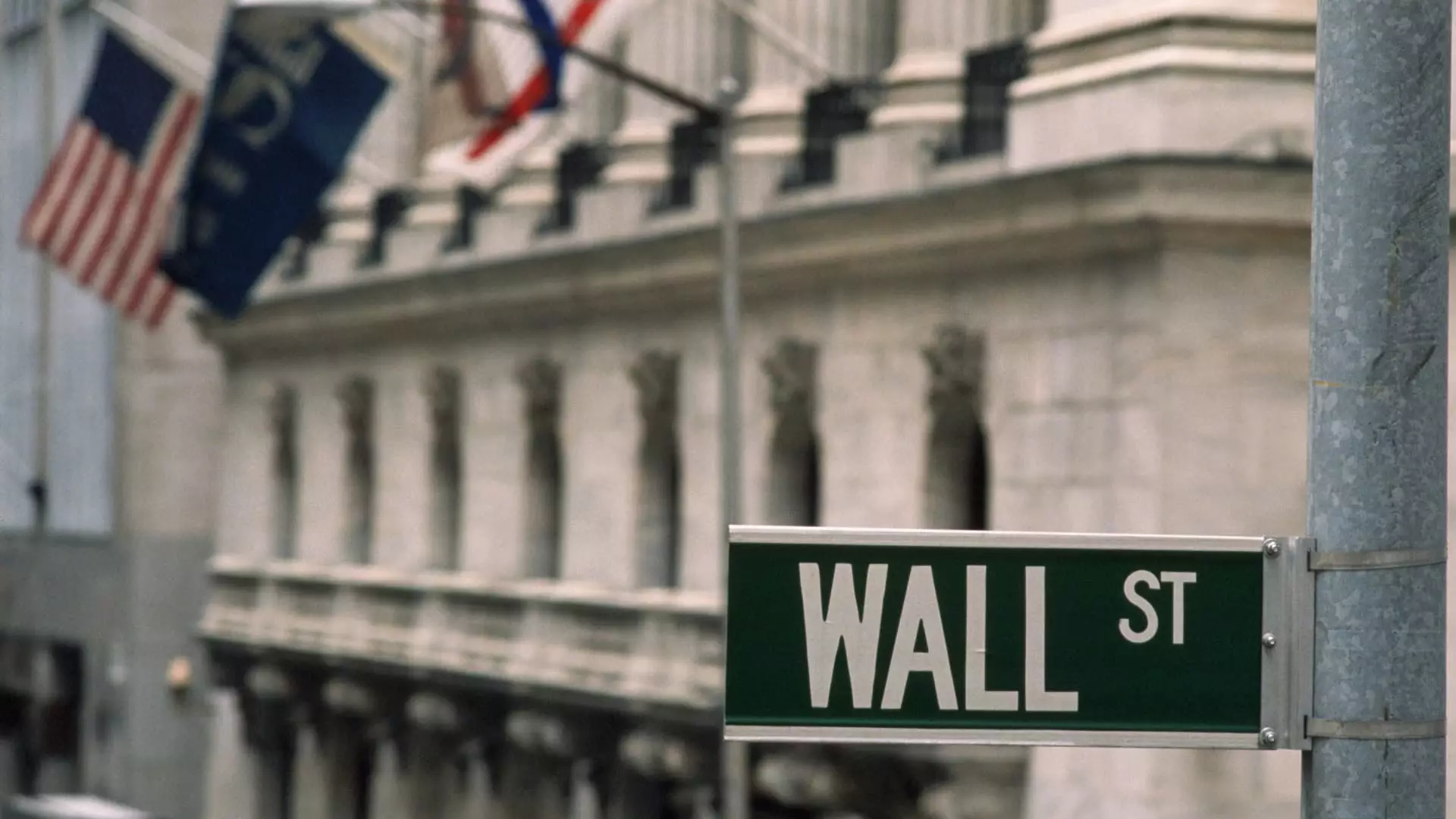As 2025 unfolds, the initial public offering (IPO) landscape has seen over a dozen companies making their debuts on the stock market. However, the enthusiasm surrounding these launches has been notably subdued. The latest IPO came just last Thursday when Twin Peaks, a sports bar spinoff from Fat Brands, began trading. While the number of IPOs might indicate a resurgence in public offerings, the initial market reactions suggest investors are approaching these opportunities with caution. This lukewarm response begs the question: are we witnessing the beginning of a new era in the IPO market, or merely a temporary fluctuation?
Despite the underwhelming start to the year, Nasdaq’s president Nelson Griggs remains optimistic about the future of IPOs in 2025. In a recent interview with CNBC’s “ETF Edge,” Griggs asserted that the latter half of the year might see a significant uptick in IPO activity. He likened the IPO market to a pendulum, swinging between the realms of private and public investment. The historical context provided by Griggs indicates that prolonged periods of limited capital raised in public markets have created a backlog of potential IPOs waiting for the right moment to enter the arena.
Griggs emphasized the importance of this accumulated pipeline of companies eager to go public. However, he warned that not all companies will have a straightforward path to launching their IPOs. For instance, Panera Brands has struggled with numerous setbacks during its long-awaited bid to join the public markets. This complexity illustrates the multifaceted nature of IPO processes, where external factors can significantly impact a company’s timing and success.
The contemporary investment landscape has evolved, with innovative funding sources enabling many companies to thrive without opting for an IPO. The likes of OpenAI and other tech-centric firms have seen substantial financial success within private markets, effectively reducing their motivation to seek public funding. Griggs acknowledged this shift, noting that increased access to liquidity in private sectors has provided firms with alternative avenues to finance their growth strategies.
Despite this burgeoning private market, Griggs insists that for companies seeking enduring financial stability, an IPO remains a critical goal. The public domain, he notes, offers a deeper level of liquidity that private investments may not fully replicate. The convergence of public and private sectors complicates decisions for potential companies considering the IPO route, but it also presents opportunities for those keen to diversify their funding sources.
While the 2025 IPO market has yet to ignite the enthusiasm of past years, the combination of Griggs’ insights, the existing pipeline of companies, and advancements in private investment frameworks suggest we might be on the brink of a transformative year. If historical trends hold true, the latter half of the year could reveal a resurgence in public offerings as companies adjust to the evolving market dynamics. As investors remain watchful, the stage is set for a year that could redefine the relationship between public and private financing, reshaping the landscape for future IPOs. Only time will tell if this year marks a significant comeback or if companies will continue to favor the shelter of private investment.

